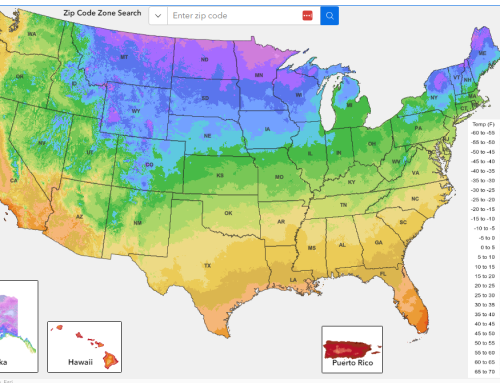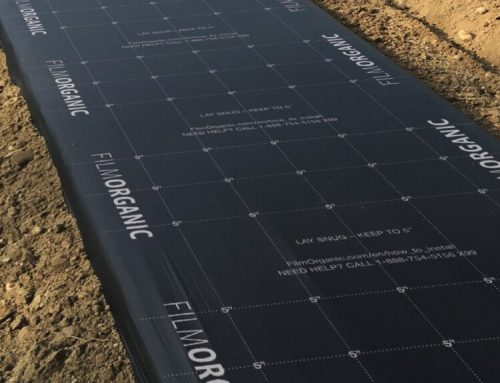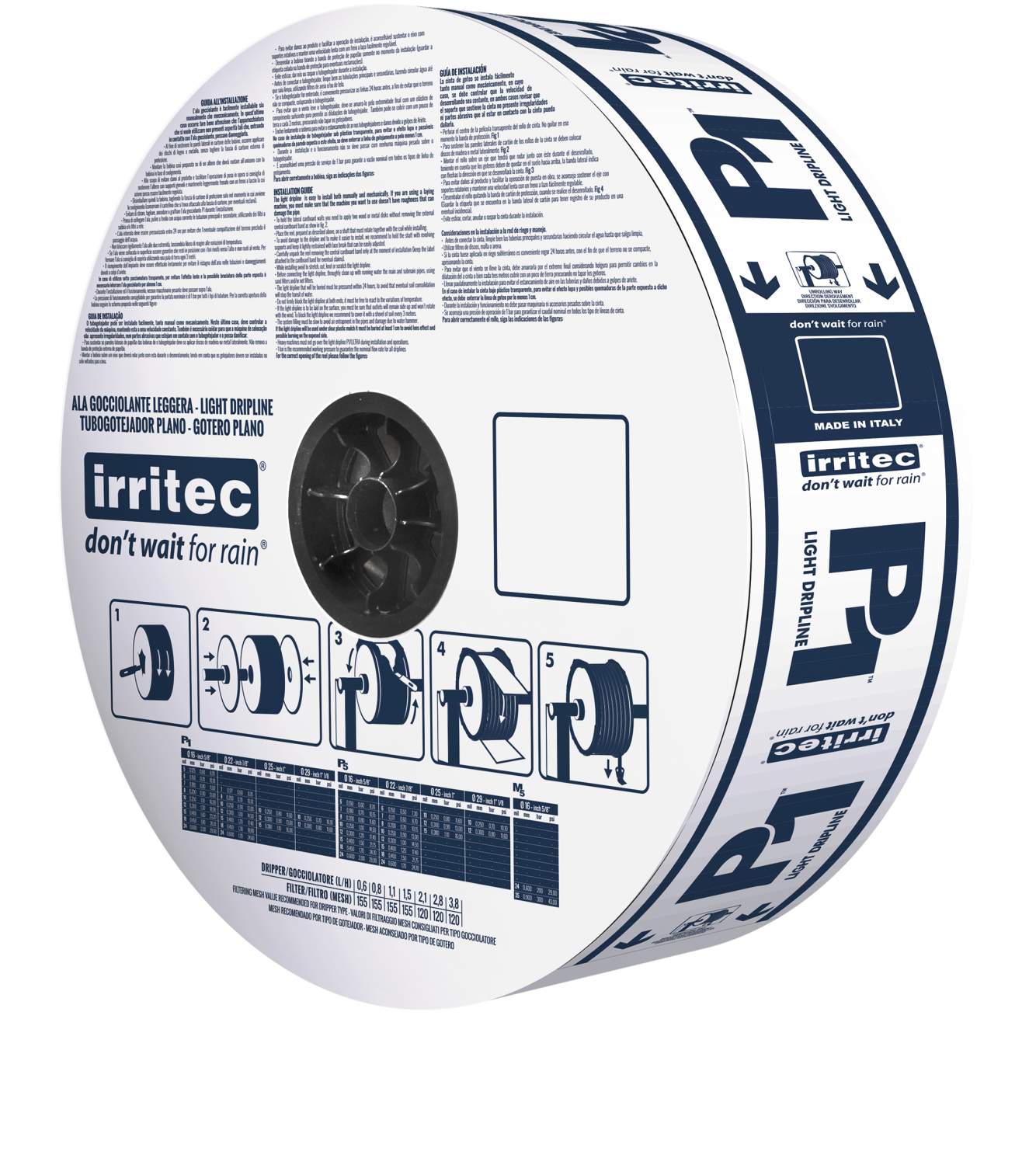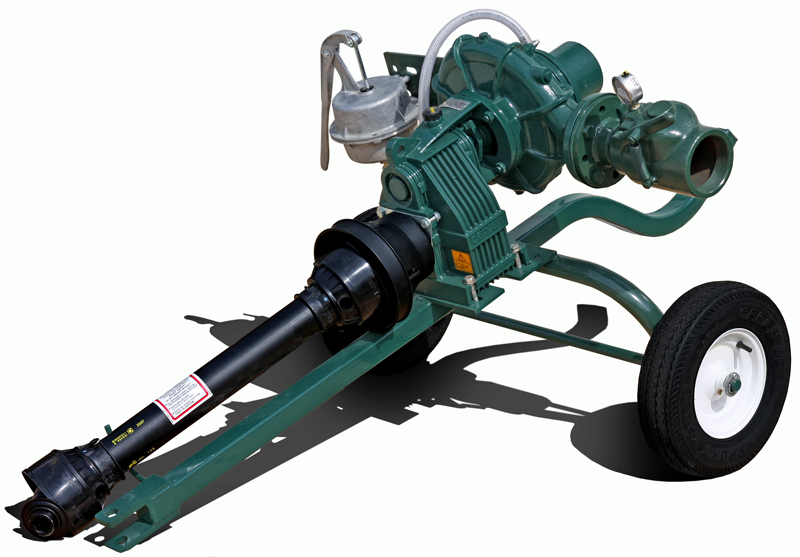The vertical farming bubble is finally popping
Vertical farming has been positioned as the next big thing in farming. For starters look at the easy savings available to vertical farming:
- Since crops are grown vertically it uses less land
- It uses as much as 90% less water and fertilizer by carefully monitoring the plant’s water requirements and simply applying the water to the plant’s roots, meaning there is less waste
- Initially, it was thought labor costs would be substantially lower through the use of a robotic system customized to the vertical farming community
Is It A Bursting Bubble?
This allowed companies to go into the market and raise large sums of money to start new farming ventures – much the way start-ups in Silicon Valley approach the legacy institutions that are being transformed by technology. Think about some of the industries that have been transformed in the past 20 years.
- Retail Industry: Technology has transformed the retail industry by enabling e-commerce, mobile commerce, and digital payment systems. Consumers can now shop online, make payments using mobile devices, and have products delivered directly to their doorsteps.
- Entertainment Industry: The entertainment industry has been transformed by digital distribution platforms such as Netflix, Amazon Prime Video, and YouTube, which have made it possible to access movies, TV shows, and other content from anywhere in the world.
- Healthcare Industry: The healthcare industry has been transformed by digital health technologies such as telemedicine, wearables, and health apps, which have made it possible to remotely monitor and treat patients, improving access to healthcare services.
- Education Industry: Technology has transformed the education industry by making online learning, distance education, and massive open online courses (MOOCs) available to learners all over the world.
- Financial Industry: The financial industry has been transformed by technologies such as online banking, mobile payments, and blockchain, which have improved access to financial services, reduced transaction costs, and increased financial inclusion.
- Transportation Industry: The transportation industry has been transformed by ride-hailing services such as Uber and Lyft, which have disrupted the taxi industry, and by electric and self-driving cars, which have the potential to revolutionize the way we travel.
- Manufacturing Industry: The manufacturing industry has been transformed by technologies such as 3D printing, which have made it possible to produce customized products on demand, and by automation, which has increased efficiency and reduced costs.
Overall, technology has transformed almost every industry, enabling new business models, improving efficiency, and creating new opportunities for growth and innovation.
But many of the companies that have jumped into this vertical farming space are now crashing and burning. What is going on?
Simply put, the leverage of new technology has not been able to overcome some of the inherent obstacles found in farming. There are a number of factors, but here are a few to consider:
- Expectations: “Wall Street” is used to LARGE returns on their investments. And no matter how you squeeze start-up costs, farms sell products (lettuce, tomatoes, peppers) for $1 to $5 per transaction. The expected margins that investors look for are simply not available at scale for most produce. 10% to 20% returns on produce are considered healthy in a normal business market. However, today’s investors are looking for home runs – a quick return on their investment of 50% or more. This is proving increasingly difficult. They are not satisfied with investing large sums of money with a long runway. (They want near-instant gratification.)
- While there are savings on land and water, there are other costs that are significantly higher
- Labor. While you may be able to operate a vertical farm with fewer laborers, the laborers you need (robotic engineers, systems engineers) come at a much higher cost
- Energy. – Plants need lights, heat, and air conditioning to operate at maximum efficiency year-round
- Capital. While land costs may be lower, the cost of building proprietary systems for vertical farming can add millions to the start-up and ongoing operations, eating up capital or adding expensive carrying costs

Will the Bubble Burst?







